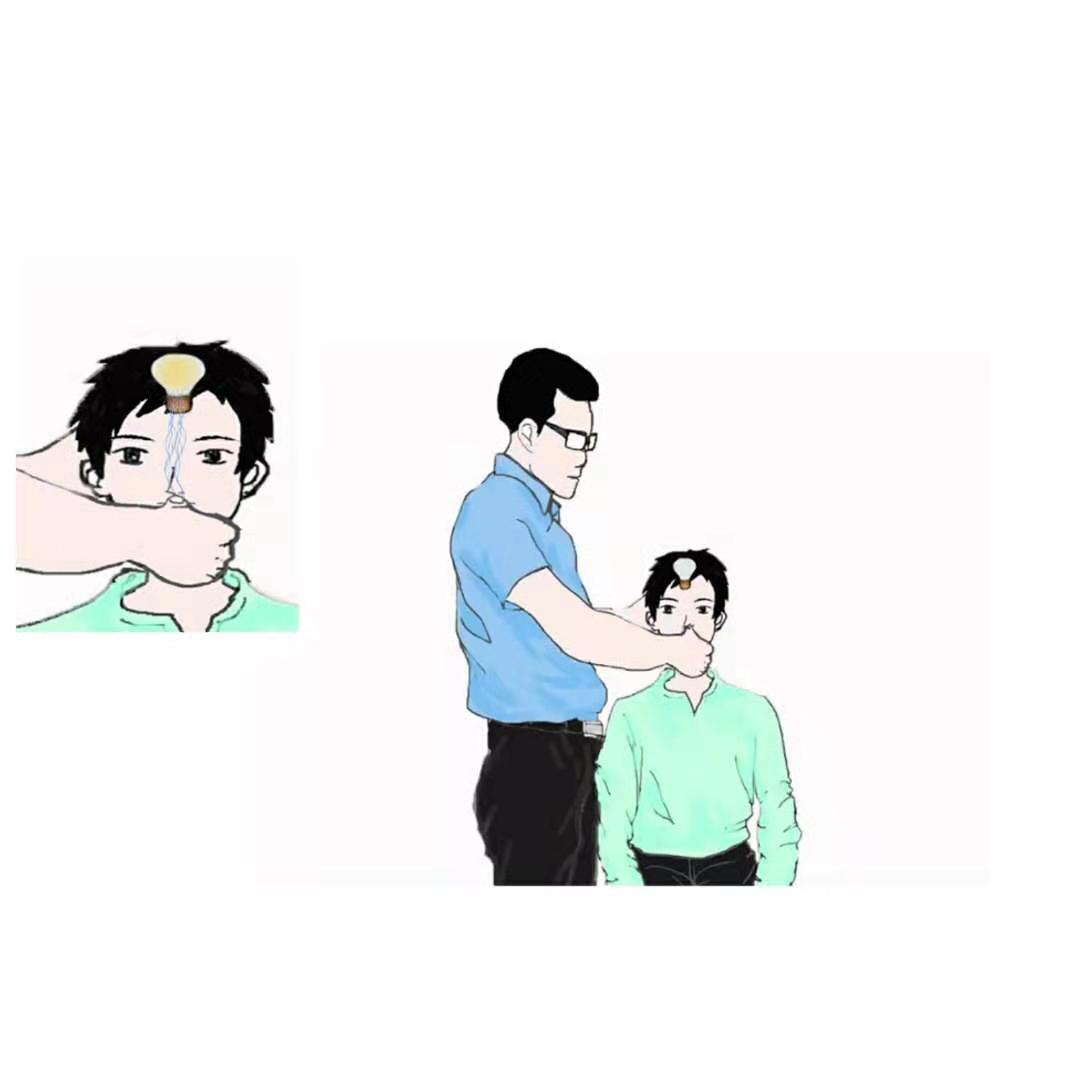
当前课程知识点:Culture and Tourism > Week 3: Heritage System: Managing and Safeguarding World Heritage Sites > 3.2 Role of the ISCCL and Cultural Landscape (1) > 3.2.2 Uluru-Kata Tjuta National Park
返回《Culture and Tourism》慕课在线视频课程列表
返回《Culture and Tourism》慕课在线视频列表
在本节中,继续上一节
我要谈谈文化景观的民间例子
我想说的第一个例子是
澳大利亚的Uluru Kata Tjuta国家公园
1987年被列为混合遗址
1994年按5、6、7、8等标准改为文化景观遗址
所以Uluru-Kata Tjuta,这一部分以前被称为Uluru国家公园
以壮观的地质构造为特色
主导着澳大利亚中部广阔的红色沙质平原
Uluru是一个巨大的巨石, Kata Tjuta是位于乌鲁鲁以西的岩石穹顶
是世界上最古老的人类社会之一的传统信仰体系的一部分
Uluru-Kata Tjuta的传统所有者是阿南古土著人。
1987年,公园被列入名单
当国际社会认识到其壮观的地质构造
珍稀动植物和杰出的自然美景时
1994年,联合国教科文组织还确认了该公园的文化景观
即自然环境与阿南古信仰体系之间的独特关系
阿南古是地球上最古老的社会之一
Uluru-Kata Tjuta国家公园是世界上仅有的
几十个获得双重世界遗产名录的地方之一(也是澳大利亚仅有的四个地方之一)
这意味着,它不仅是混合遗址,也是文化景观遗址
澳大利亚公园有责任保护公园
的世界遗产价值观,造福于所有人
我们与阿南古合作
利用传统知识和现代科学的结合来关爱国家
公园的岩石艺术点有许多艾尔斯岩的图片
符号和人物画在彼此的上方
这是因为同样的地点已经在阿南古教育中使用了数万年
岩石表面就像一块教室黑板,老师用它来演示一节课
只有上课的人才能完全破译留下的笔记
阿古南很少有创新摇滚艺术
他们仍然使用古老的岩石艺术和沙画(连同画布上的绘画)
来教授创作故事,并确保知识的延续
人们相信有人在Uluru地区生活了至少3万年
岩画是这一地区人类活动的重要历史和科学记录
因此,所有的Uluru-Kata Tjuta都是传统人类聚居和土地利用的杰出例子
即狩猎和采集
一直统治着整个澳大利亚大陆直到近代
显示人类与环境之间的相互作用
这在很大程度上是由Tjukurpa*方法管理的结果;
用传统的阿南古方法
从标志上可以看出,正因为如此
这一部分是由原人民管理,同时也是由政府管理
所以这些标志意味着
因为对当地人有一些特殊的含义
他们不希望游客拍照
所以有一个迹象表明
人们曾经爬上艾尔斯山
因为这是一个世界上最大的岩石
有良好的视野看澳大利亚沙漠
但现在是禁止的,因为这块石头对当地人来说是非常秘密的
所以游客应该尊重他们的文化
它是澳大利亚为数不多的几个地方之一
在这些地方,土著社区利用传统做法和知识
积极管理景区,其中包括
适应干旱地区脆弱和不可预测的生态系统
的特殊类型的社会组织和仪式
详细的生态知识体系
与西方的科学分类非常相似,,但又有所不同
保护生物多样性的管理技术,如火灾的解决如利用
水井和岩洞等水源等维护
UUluru-Kata Tjuta国家公园与具有
突出普遍意义的事件、生活传统、思想和信仰有着直接而具体的联系
世界遗产价值观包括:
Uluru and Kata Tjuta国家公园的持续文化景观
通过丘库尔帕和圣地现象
充满了文化历史创造力量的价值
这一文化景观与相关的强大的宗教和艺术和文化品质有关
以及古道,古道在Tjukurpa时期建立的祖传轨道网
Uluru and Kata Tjuta在此交汇
是我在2016年去过那里
所以我建议你在到访期间做几件事
首先有一些艺术家
设计一些不错的你在这里你可以看到从这里的夜晚和天空
填空很美
真是太棒了
而且,就像我之前说的,如果你想看看Uluru
你需要在岩石周围转一个圈。大约十公里
你走了原始人类的路线
你会觉得自己是原始人的一部分
这也是一件好事
从这张照片上你可以看到
我和我妻子在这里拍结婚照
因为我觉得这是一个非常神秘的地方
我们想我们的拍照仪式就在这里
我也在这个神秘的地方向我的妻子求婚
你知道,旅行和婚礼的经历是真挚的
这是我的一些照片
从这张壮观的照片中你可以看到
我们穿着的鞋子被沙子覆盖的非常独特的经历
我们用不同的衣服和石头拍照片
环境和人融合在一起
这是我向妻子求婚的地方
这是我最喜欢的Kata Tjuta部分,值得花时间在这停留和闲逛
日出日落总是令人难忘的
但体验它,Uluru-Kata Tjuta国家公园,把体验带到一个全新的水
国家公园有五个观赏区
专门用来体验和拍摄这一美丽的景色
但是公园周围还有很多安静的地方可以欣赏日出或日落
这是我在Uluru园拍摄的一张照片
这个专门的日出和日落风景区位于这样的位置
石头在一天中的某个时间直接撞击岩石和地层
使它们看起来改变了颜色
有一种不同的颜色是非常神圣和独特的
-1.1 Introduction course outline and UNESCO World Heritage Program
--1.1.1 Introduction of culture and tourism course outline
--1.1.2 Introduction of UNESCO World Heritage Program(1)
--1.1.3 Introduction of UNESCO World Heritage Program(2)
-1.2 Cultural Heritage-1
--1.2.1 The meaning of culture heritage
--1.2.2 Criterion(i): masterpiece of human creative genius
--1.2.3 Criterion(ii): exhibit important interchange of human value
--1.2.4 Criterion(iii): bear a unique or at least exceptional testimony
--How can the public understand the importance of heritage?
-1.3 Cultural Heritage-2
--1.3.1 Criterion(iv): an outstanding example in human history
--1.3.2 Criterion(v): represent a culture or human interaction with environment
--1.3.3 Criterion(vi): associated with living traditions of outstanding universal significance
-1.4 Natural Heritage
--1.4.1 Natural heritage features, formations and criterions
--1.4.2 Cases studies of natural heritage
--Cultural landscape meanings: The case of West Lake, Hangzhou, China
--How to access heritage of your hometown?
-2.1 Mixed Culture and Natural Heritage
--2.1.1 Mixed heritage operational guidelines and cases (1)
--2.1.2 Mixed heritage operational guidelines and cases (2)
--2.1.3 Mixed heritage operational guidelines and cases(3)
-2.2 Authenticity, Integrity and Cultural Routes
--2.2.1 How to determine authenticity and integrity
--2.2.2 Heritage routes and heritage canals (1)
--2.2.3 Heritage routes and heritage canals (2)
--What do you think about cultural heritage categories?
-2.3 Special Heritage and Sustainable
--2.3.1 Physical remains of the history of technology and industry
--2.3.2 Transboundary Heritage, Serial Heritage, Serial/Transnational Heritage
--2.3.3 Intangible cultural heritage
--2.3.4 UNESCO World Heritage and Sustainable Tourism Programme
--Recovering the Memory of Ourselves for the Sustainable Cites
--Week 2 quiz
--What do you think about cultural heritage categories?
-3.1 The Australia’s Heritage System and Sydney Opera House
--3.1.1 The Australian Heritage System
--3.1.2 Case Study: The Sydney Opera House
-3.2 Role of the ISCCL and Cultural Landscape (1)
--3.2.2 Uluru-Kata Tjuta National Park
--3.2.3 Honghe Hani Rice Terraces
-3.3 Role of the ISCCL and Cultural Landscape (2)
--3.3.1 West Lake cultural landscape (1)
--3.3.2 West Lake cultural landscape (2)
-3.4 Rural Landscapes as Heritage
--3.4.1 ISCCL Principles Concerning Rural Landscapes as Heritage
-3.5 Case Study: Mongolian Altai
--3.5.1 Nature Culture Integration & the Mongolian Altai(1)
--3.5.2 Nature Culture Integration & the Mongolian Altai(2)
--Week 3 quiz
--Discussion: What do you think is the role of ISCCL?
-4.1 Introduction of the Meaning of 'landscape’
--4.1.1 Brief introduction of landscape and culture
--4.1.2 The conceptual framework of cultural landscape
-4.2 Landscape Values
--4.2.1 The word “landscape” itself and differences in Western, Eastern
--4.2.2 Cultural significance for heritage source
--Discussion: What do you think the cultural landscape attracts you?
-4.3 Reading the Landscape: Identification and Assessment
--4.3.1 Planning model for heritage conservation management policy
--4.3.2 Cultural landscape resources evaluation steps
--Article: Cultural mapping: Intangible values and engaging with communities with some reference to As
-4.4 Case Study: Wingecarribee Historic Landscape
--4.4.1 Case study:Wingecarribee historic landscape study(1)
--4.4.2 Case study:Wingecarribee historic landscape study(2)
--Week 4 quiz
--Discussion: What should we do to strengthen the protection of cultural landscape?
-5.1 Indigenous Tourism
--5.1.1 Indigenous tourism background
--5.1.2 World heritage and indigenous peoples
--5.1.3 Tourism issues at Canadian indigenous world heritage sites
--Discussion: What challenges indigenous World Heritage faces?
--Article: State conceptions of indigenous tourism in Chile
-5.2 Case Study and Conclusion: Great Expectations for Tourism
--5.2.1 Case study Pimachiowin Aki
--5.2.2 Conclusions:Great Expectations for Tourism
--Disussion: Do you have any experience of indigenous tourism?
--Week 5 quiz
-6.1 The Definition of Heritage in Heritage Performance Study
--6.1.1 The definition of heritage in heritage performance study
--6.1.2 Heritage performance and meaning making
--6.1.3 Two key issues emerging from qualitative study
-6.2 Heritage Performance - Evidence from Australia, England and USA
--6.2.1 Heritage performance - reinforcement
--6.2.2 Heritage Performance - inter-generational communication and social values
--6.2.3 Heritage performance - recognition and respect
--6.2.4 Heritage performance - education
--Article:Theorizing museum and heritage visiting
-6.3 The Conclusion of Heritage Performance
--6.3 The conclusion of heritage performance
--Week 6 quiz
--Discussion: What kinds of heritage performances have you learned in this week?

